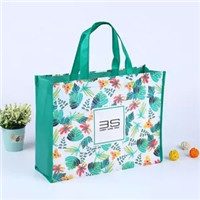Jute bags have emerged as a symbol of eco-friendly elegance and a prominent trend in sustainable fashion. In this blog, we’ll delve into the characteristics that make jute bags a coveted accessory, their impact on the environment, and their role in promoting ethical and conscious consumerism.
1. Natural Beauty and Texture Discover the natural beauty and distinct texture of jute bags. Learn how their rustic appearance adds a touch of authenticity and uniqueness to fashion ensembles.
2. Ethical and Sustainable Material Explore the ethical and sustainable nature of jute bags. Understand how their cultivation involves fewer chemicals and resources compared to synthetic materials.
3. Versatility Across Styles Uncover the versatility of jute bags across various fashion styles. Learn how they seamlessly complement casual, bohemian, and even sophisticated looks.
4. Reducing Carbon Footprint Discover how jute bags contribute to reducing the fashion industry’s carbon footprint. Understand how their production involves lower energy consumption and fewer emissions.
5. Supporting Fair Trade Practices Explore how jute bags align with fair trade practices. Learn how their popularity supports ethical working conditions for artisans in jute-producing regions.
6. Sparking Conversations Understand how carrying jute bags sparks conversations about sustainability. Discover how they create opportunities to discuss eco-conscious fashion choices and their positive impact.
In conclusion, jute bags embody eco-friendly elegance, offer versatile style options, reduce carbon footprints, support fair trade practices, and spark meaningful conversations about sustainable fashion. They serve as powerful tools for individuals to express their commitment to ethical and conscious consumerism.






























